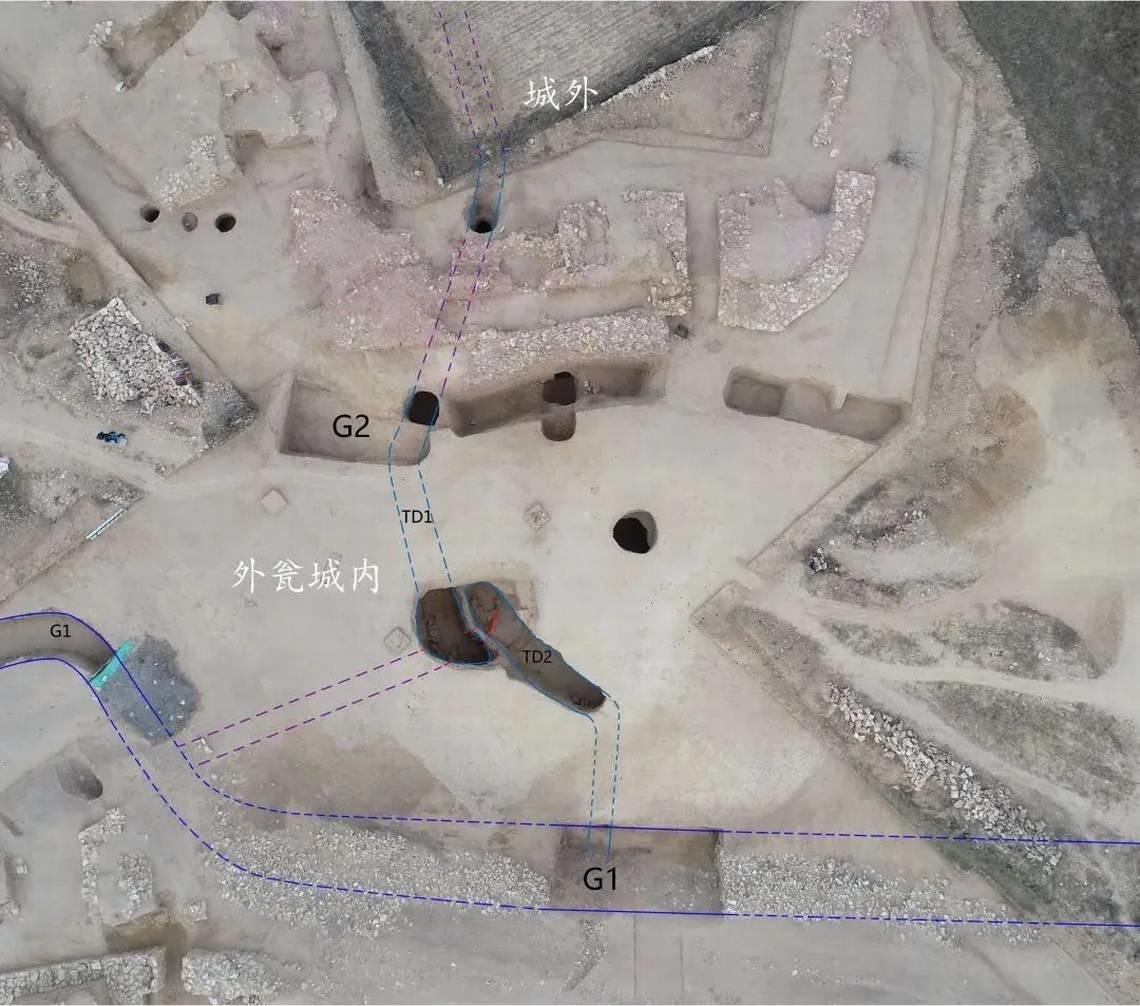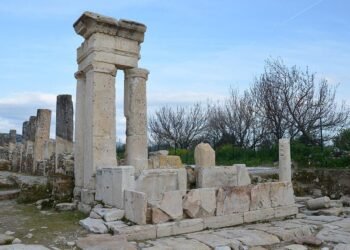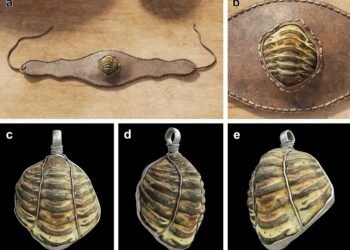Archaeologists conducting excavations at Houchengzui Stone City, situated in the Inner Mongolia Autonomous Region, have uncovered a network of ancient tunnels that date back 4,300 to 4,500 years

This sprawling archaeological site, covering approximately 1.38 million square meters, is located on the north bank of the Hun River in Qingshuihe County, Inner Mongolia. The city’s history and significance have been confirmed through meticulous research, making it the highest-ranked, largest in scale, and most tightly defended early Longshan period stone city discovered in Inner Mongolia to date.
The latest excavation efforts, spearheaded by the Institute of Archaeology, Chinese Academy of Social Sciences (CASS), have brought to light a complex triple defense system and an intricate network of underground tunnels.
The discovery was announced by the Institute of Archaeology in collaboration with the Inner Mongolia Autonomous Region Institute of Cultural Relics and Archaeology and the China Archaeology Network.
The Houchengzui Stone City, shaped like an ellipse, comprises an inner city, an outer city, and a walled gatehouse, extending about 1200 meters in length and 1150 meters in width. The city’s triple defense system revealed through five years of archaeological excavations, consists of the main city wall, main city gate, horse faces, gatehouse walls, terraces, and moats. This elaborate defense structure is categorized into the “inner gatehouse” and “outer gatehouse.”
However, the most recent excavation has brought to light an additional layer of security—a hidden underground network system composed of six intersecting tunnels. These tunnels, located at depths ranging from 1.5 to 6 meters, radiate in a radial pattern from the city center.
The underground tunnels at Houchengzui served a dual purpose as both an ancient transportation network and a means of defense and offense. They significantly enrich our understanding of early Chinese urban defense systems.”
The tunnels, with arched ceilings resembling the architectural features of Longshan period cave dwellings, measure 1 to 2 meters in height and 1.5 meters in width. Clear tool marks are visible on the walls of the tunnels.
Archaeologists believe that the design of Houchengzui Stone City, with its elaborate defense systems and hidden tunnels, reflects its cultural importance in military defense and its strategic location. Ongoing excavations continue to uncover additional details about the city’s past, including high-level buildings, burial areas, and other architectural remains.
























